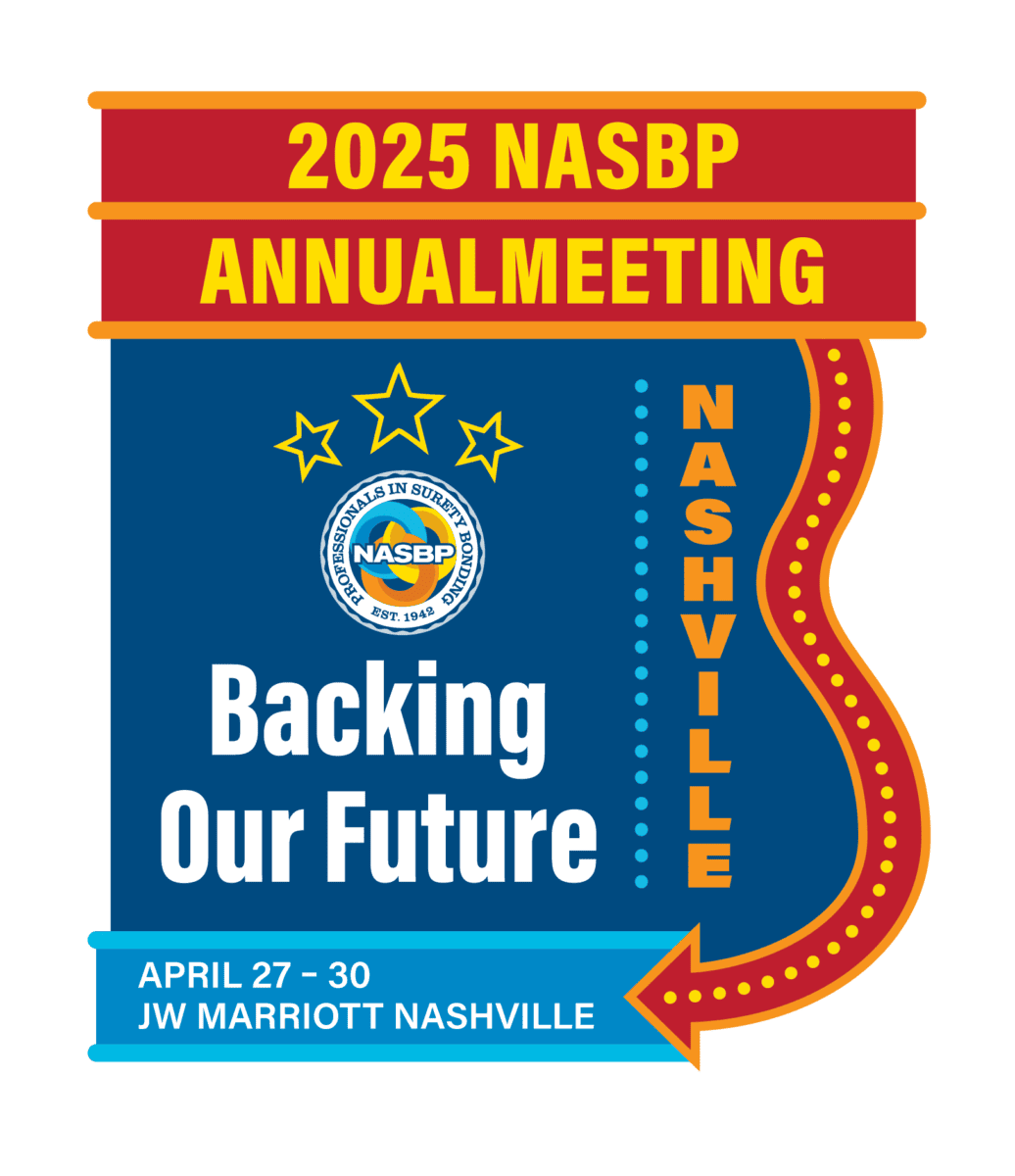
Federal Court: Summary Judgment Goes to the Surety!
Introduction
This interesting case is an indemnity action brought by Employers Mutual Casualty Company (EMC) against Homeland Power & Utility LLC (Homeland Power), Michael Carpenter, and Jonathan Carpenter. Employers Mutual Casualty Co. v. Homeland Power & Utility LLC, et al., 2024 U.S. Dist. LEXUS 153534 (D. Mass. Aug. 27, 2024). Homeland Power is an electrical contracting company co-founded by cousins Michael Carpenter (Michael, in his individual capacity) and Jonathan Carpenter (Jonathan, in his individual capacity). EMC issued surety bonds to secure performance of several of Homeland Power’s electrical projects. When Homeland Power could not complete those projects, EMC made payments on the bonds and then sought indemnification under the general indemnity agreement (GIA) it had entered into with Homeland Power, Michael, and Jonathan in 2021. EMC contended that, under the terms of the GIA, all three defendants were jointly and severally liable for losses and expenses incurred by EMC on the payment and performance bonds it issued on behalf of Homeland Power.
After settling with EMC and Michael, EMC moved for summary judgment against Jonathon on all counts. Jonathan contended that the affidavit from the surety’s representative was insufficient and asserted that a question of fact existed concerning whether EMC had acted in good faith. The court, however, granted EMC’s motion for summary judgment against Jonathan for contractual indemnity: “EMC has produced prima facie evidence of the fact and amount of Jonathan’s liability pursuant to the indemnity agreement among the parties. Jonathan . . . has not produced evidence to support his arguments that EMC lacked good faith in paying the claims against Homeland Power . . . .”
Court’s Analysis Begins with Review of Relevant Provisions of Indemnity Agreement
The court began its analysis by citing and quoting relevant provisions from the GIA, beginning with Section 2, by which Homeland Power, Michael, and Jonathan agreed—jointly and severally—to exonerate and indemnify EMC for any liabilities it incurred as a result of having issued the bonds:
The undersigned shall exonerate, indemnify, and keep indemnified the Surety from and against any and all liability for losses and/or expenses of whatsoever kind or nature (including, but not limited to interest, court costs, and counsel fees) and from and against any and all such losses and/or expenses which the Surety may sustain and incur: (1) By reason of having executed or procured the execution of the Bonds, (2) By reason of the failure of the Principal or the Undersigned to perform or comply with the covenants and conditions of this Agreement or (3) In enforcing any of the covenants and conditions of this Agreement. . . . The surety may pay or compromise any claim, demand, suit, judgement [sic] or expense arising out of such bond or bonds and any such payment or compromise shall be binding upon the Undersigned and included as a liability, loss or expense covered by this Indemnity Agreement. In the event of any such payment or compromise by the Surety, an itemized statement thereof sworn to by an officer of the surety, or the voucher or vouchers or other evidence of such payment or compromise, shall be prima faci[e] evidence of the fact and amount of the liability of the Undersigned under this Agreement.
The court next quoted Section 3 of the GIA, noting that EMC retained the exclusive right to determine whether claims on the bonds should be paid:
The Surety shall have the exclusive right for itself and for the Undersigned to decide and determine whether any claim, demand, suit or judgment upon any such bonds shall, on the basis of liability, expedite or otherwise be paid, settled, defended or appealed, and its determination shall be final, conclusive and binding upon the Undersigned.
The court further noted that Section 11 of the GIA obligated Homeland Power, Michael, and Jonathan to provide EMC with cash or collateral on demand:
If for any reason the Surety shall be required or at its option and in its sole discretion shall deem it necessary to set up a reserve in any amount to cover any: (a) judgment, actual or contingent, with interest and costs, in any action instituted against one or more of the Undersigned, . . . or (d) any default(s) of the Principal or, (e) abandonment of any contracts, failure to comply with any material provision thereof or cease to promptly perform any part of the work required to be performed thereunder, or to pay claims of suppliers of labor, material or services required under such contracts, . . . or, (h) for any reason whatsoever and regardless of any proceedings contemplated or taken by the Principal or the pendency of any appeal, the Undersigned within 10 calendar days after mailing by the Surety of written demand by registered or certified mail shall deposit with the Surety, cash or collateral in the amount of such reserve and every increase thereof, to be held by the Surety as collateral with the right to use such funds or any part thereof, at any time, without notice to the Undersigned in payment or compromise of any judgment, claim, liability, loss, damage, attorneys’ fees, engineers’ fees, investigative charges and other disbursements and/or expenses in connection with said Bond or Bonds in anticipation of loss thereunder.
And, finally, the court observed that Section 20 of the GIA authorized EMC to settle with one or more of the defendants without reference to the others:
In the event of any claim or demand made by the Surety against the Undersigned by reason of the execution of any Bonds, the Surety is hereby expressly authorized to settle with one or more of the Undersigned individually, and without reference to the others, and, such settlement or composition shall not affect the liability of any of the other parties included in the designation “Undersigned”, and the Undersigned hereby expressly waive the right to be discharged and released by reason of the release of one or more of the joint debtors, and hereby consents to any settlement or composition that may hereafter be made.
EMC’s Motion for Summary Judgment against Jonathan
EMC sought judgment on its claims against Jonathan for contractual indemnity and common law indemnity; the court analyzed both claims pursuant to the GIA because it contained an express indemnity provision. The undisputed evidence showed the EMC had made payments on and incurred expenses in connection with bonds it had issued on behalf of Homeland Power and that Jonathan had not deposited collateral or indemnified EMC for those payments and expenses. Jonathan did not dispute the validity or enforceability of the GIA but contended that EMC had failed to produce the prima facie evidence required by Section 2 of the GIA that it had suffered damages as result of his breach.
Prima Facie Evidence Clause of the GIA Satisfied
The court observed that Section 2 of the GIA provided that “[i]n the event of any such payment or compromise by the Surety, an itemized statement thereof sworn to by an officer of the surety, or the voucher or vouchers of other evidence of such payment or compromise, shall be prima faci[e] evidence of the fact and amount of the liability of the Undersigned under this Agreement.” Jonathan contended that EMC’s evidence did not constitute “an itemized statement thereof sworn to by an officer of the surety” because it was insufficiently detailed and relied on hearsay. The court disagreed and found that EMC had produced prima facie evidence of the “fact and amount” of Jonathan’s liability. The court noted that EMC had submitted the affidavit of an employee and officer of EMC who held the position of “Vice President Bond.” The affidavit listed all the payments EMC made to claimants under the bonds, all the expenses incurred under the bonds, and the amounts by which EMC reduced its losses and expenses. The court thus deemed the accounting sufficient to constitute an itemization under the terms of the GIA.
Surety’s Good Faith Established and Uncontradicted
Next, the court observed that Jonathan, “[s]eeking to forestall liability,” contended that a question of fact existed concerning whether EMC acted in good faith in incurring losses and expenses for which it would later seek indemnity. The court found the surety met its burden to show no genuine issues of material fact existed as to its good faith in incurring losses and expenses, with the following evidence: (1) the affidavit submitted by the EMC officer, which averred that EMC issued payments on the bonds “[f]ollowing its independent and good faith investigation of each claim;” (2) an excerpt of Jonathan’s deposition transcript, confirming that EMC sent him numerous notices of specific claims it had received on the bonds and that he never disputed any claims to EMC; (3) a sample notice of claim sent to Jonathan by which EMC sought Jonathan’s “written statement of [his] position regarding the circumstances surrounding the claim” “to assist in [EMC’s] investigation and review of the claim.” Such evidence, in substance and form, the court opined, was sufficient to demonstrate good faith. Furthermore, the court stated that Jonathan failed to produce evidence that contradicted EMC’s submissions demonstrating that it investigated in good faith the claims it received on the bonds.
Takeaways for Surety Professionals and Contractors
And so the surety was granted its motion for summary judgment against indemnitor Jonathan Carpenter. This opinion is instructive for both surety veterans, surety novices, and surety “in-betweens.” This opinion is not notable because it makes new law; it is notable because it instructs and confirms that well-drafted and unambiguous provisions in a surety’s indemnity agreement present a strong line of defense against a recalcitrant indemnitor. It is important to note as well that the surety in this case followed its own language in the indemnity agreement, as observed by the court, in asserting its rights and obligations.

The author of this article is Martha Perkins, General Counsel at NASBP. She can be reached at mperkins@nasbp.org or 240.200.1270.
This article is provided to NASBP members, affiliates, and associates solely for educational and informational purposes. It is not to be considered the rendering of legal advice in specific cases or to create a lawyer-client relationship. Readers are responsible for obtaining legal advice from their own counsels and should not act upon any information contained in this article without such advice.
Get Important Surety Industry News & Info
Keep up with the latest industry news and NASBP programs, events, and activities by subscribing to NASBP Smartbrief.




